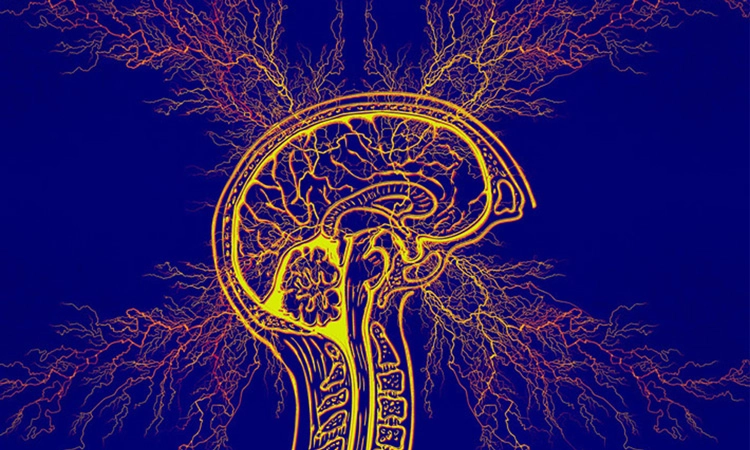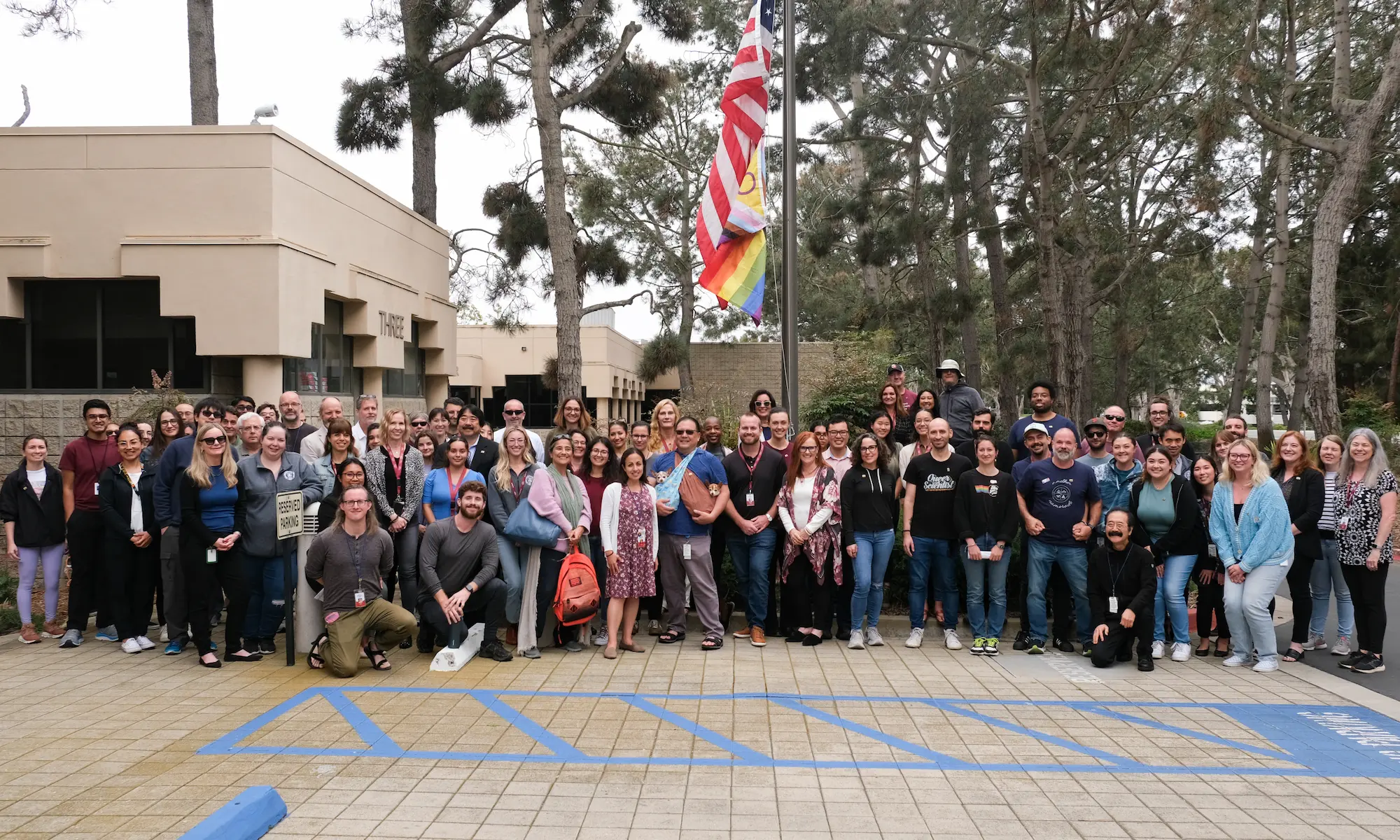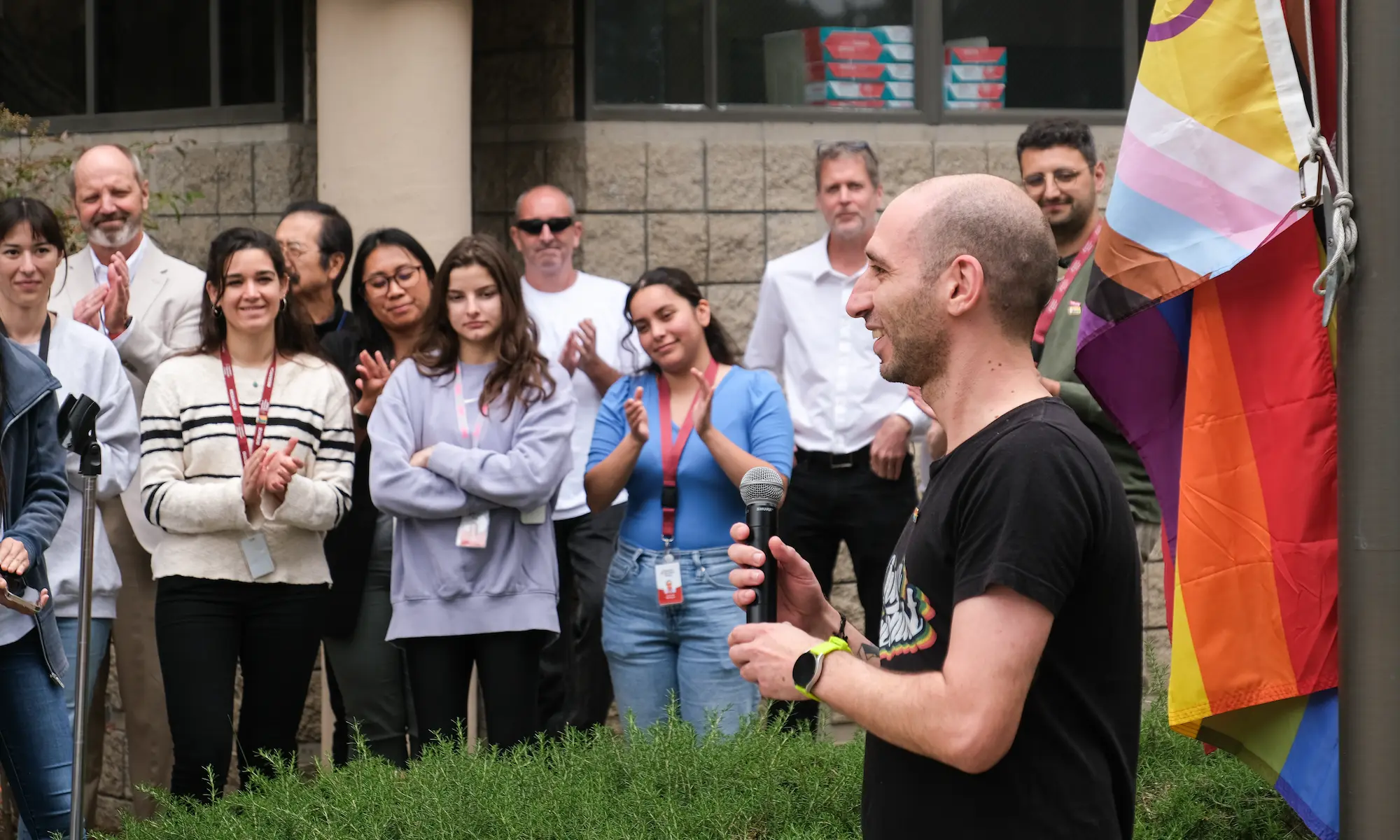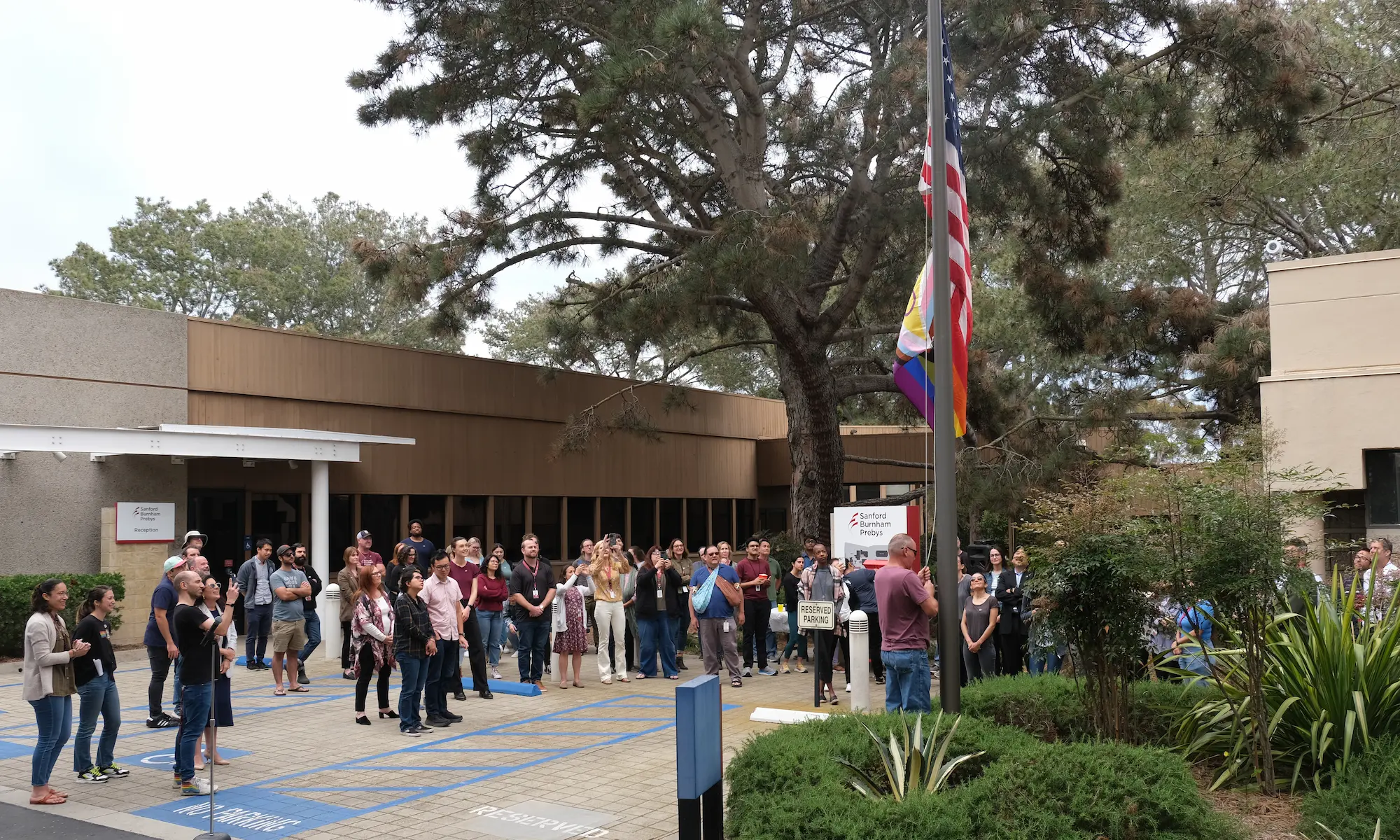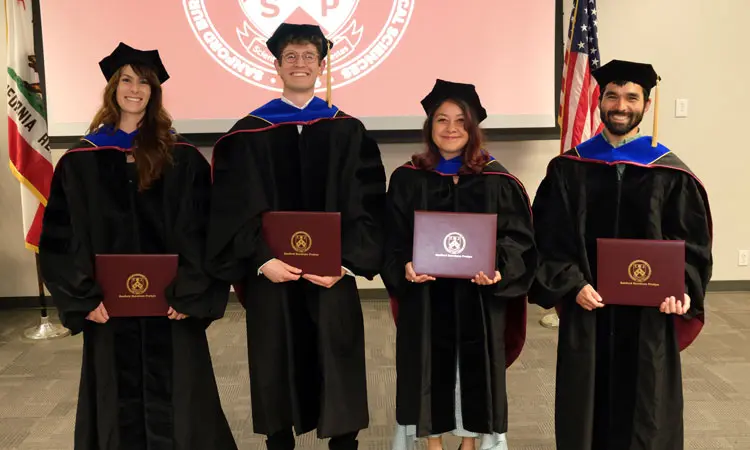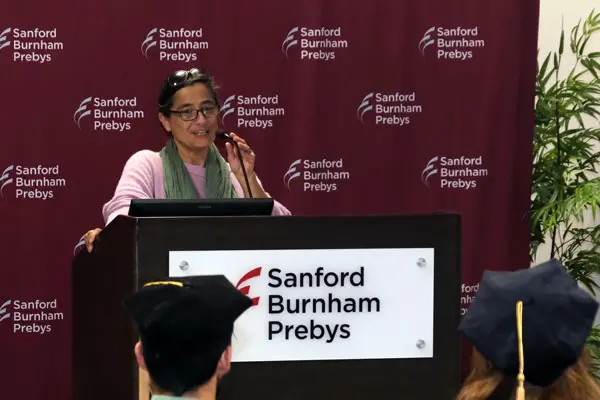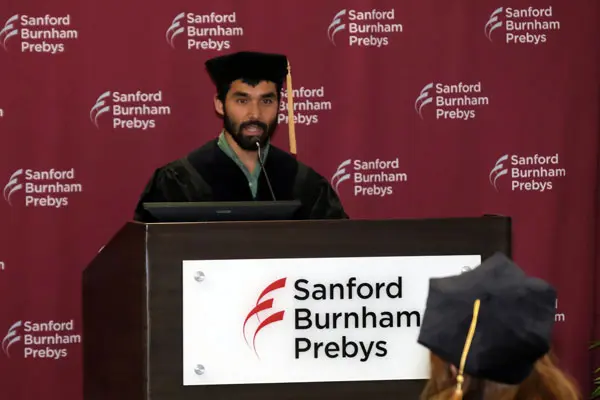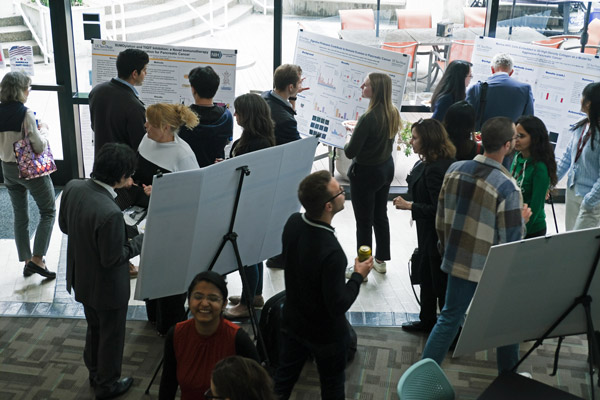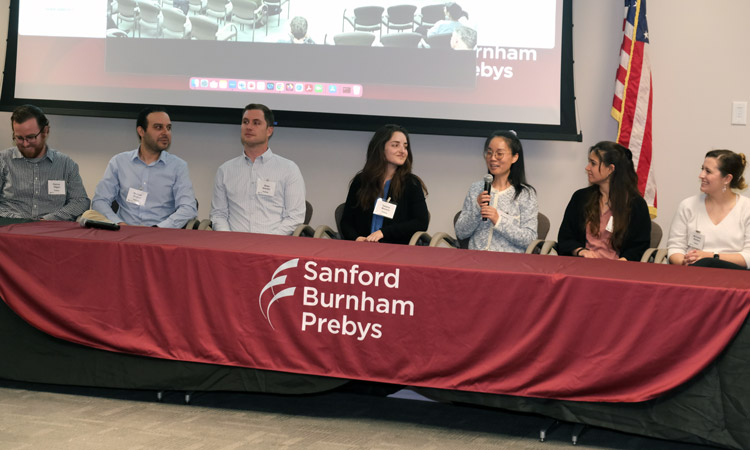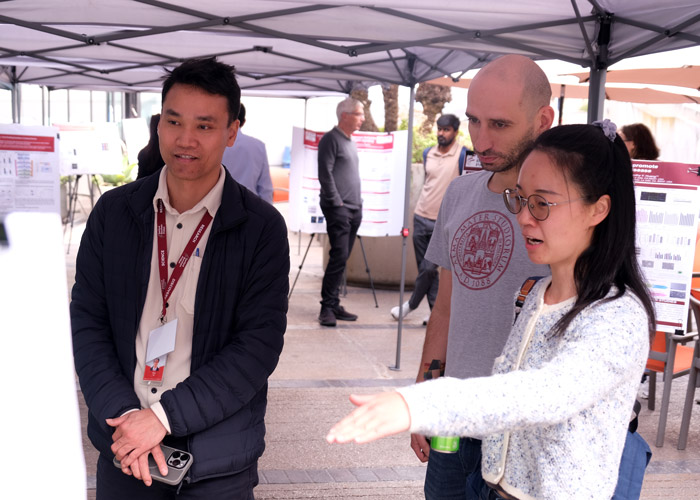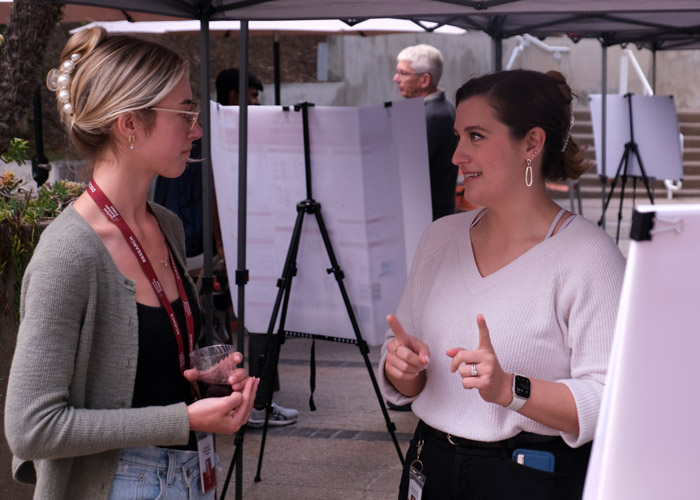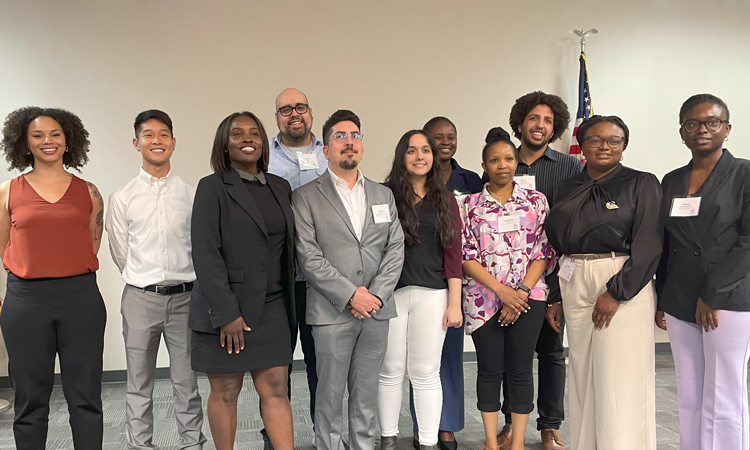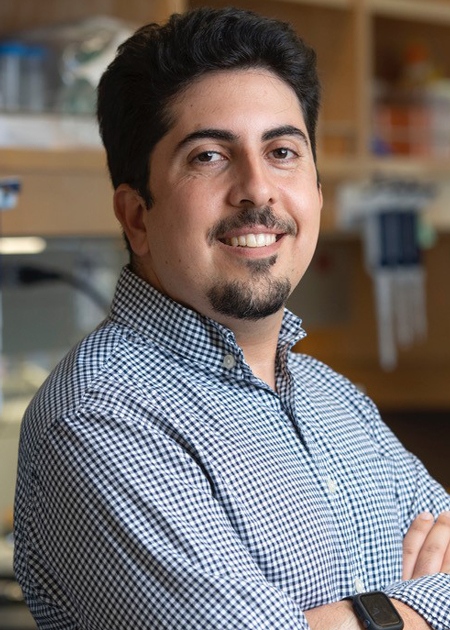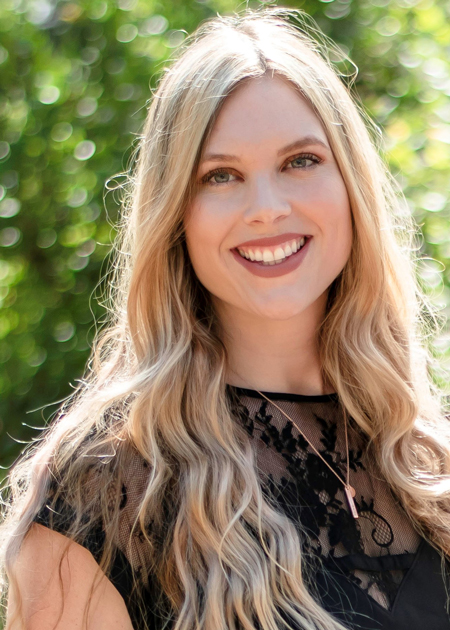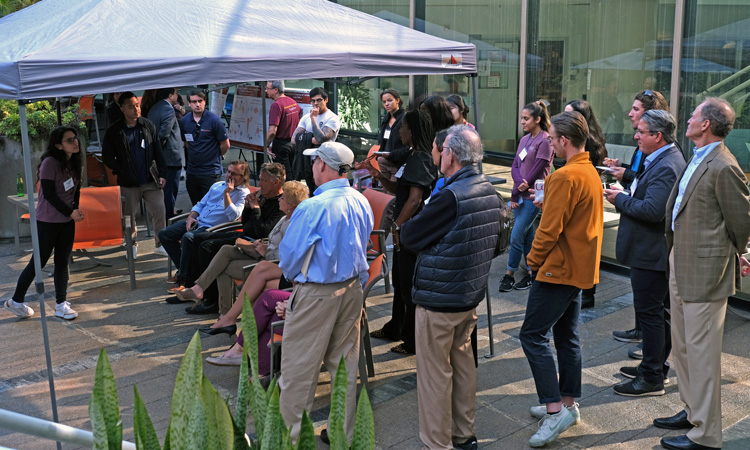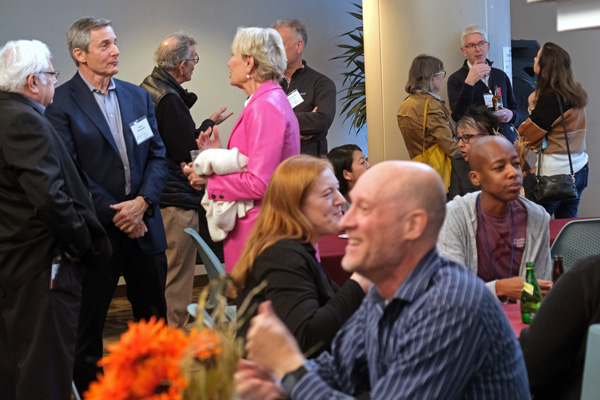Scientists and clinicians from three local research institutions converge July 31 to discuss new ways to treat multiple addictions at Sanford Burnham Prebys Open House
The NCI-designated Cancer Center at Sanford Burnham Prebys welcomes San Diego community members to the institute’s campus for an open house focused on addiction research. The Cancer Center team developed the event in partnership with scientists from Scripps Research and the University of California San Diego School of Medicine.
The event will take place Wednesday, July 31, 2024, at 3:30 pm at 10901 N. Torrey Pines Road in La Jolla. More information and the online registration form are located on the institute’s website.
Attendees will meet scientists working to better understand the science behind addiction. Here’s a sneak peek of presenters and topics:
- Douglas Sheffler, PhD, is an associate professor in the Center for Therapeutics Discovery at Sanford Burnham Prebys. Sheffler will discuss a drug discovery effort focused on treating nicotine addiction.
- Benjamin Mckenna, PhD, is an assistant clinical professor of psychiatry at UC San Diego School of Medicine and staff psychologist at Veterans Affairs San Diego Healthcare System. Mckenna will present on the same drug as Sheffler with an update on phase I clinical trial results regarding safety, optimal dosage and efficacy.
- Michael Jackson, PhD, is senior vice president of Drug Discovery and Development at the Sanford Burnham Prebys Conrad Prebys Center for Chemical Genomics and co-director of the Cancer Molecular Therapeutics Program in the institute’s NCI-Designated Cancer Center. Jackson will talk about a drug being studied as an alternative to opioids that has shown promising benefits for reducing pain and addiction-related behavior.
- Kokila Shankar, PhD, is a postdoctoral associate at Sanford Burnham Prebys working in the lab of Nicholas Cosford, PhD, co-director of the NCI-Designated Cancer Center’s Cancer Molecular Therapeutics Program. Shankar will detail efforts to find new drugs to treat alcohol use disorder, which is estimated to cause approximately one of every 25 cancer diagnoses.
- Bryan Cruz, PhD, is a postdoctoral fellow at Scripps Research working in the lab of Marisa Roberto, PhD, vice chair and Paul and Cleo Schimmel Endowed Chair in the Department of Molecular Medicine. Cruz will discuss his research to uncover new ways of treating alcohol use disorder rooted in posttraumatic stress disorder, and thereby reduce cancer cases associated with excessive alcohol consumption.
- Valentina Vozella, PhD, is a postdoctoral researcher in the Department of Molecular Medicine at Scripps Research. She also is a member of the Roberto lab. Vozella will present on studies regarding the effect of social isolation on the development of alcohol use disorder during adolescence, as well as on potential methods of treatment and prevention.
- Robert Anthenelli, MD, is a professor in the Department of Psychiatry at UC San Diego School of Medicine. Anthenelli’s research focuses on developing new or improved treatments for cancer-causing tobacco and alcohol use disorders. He will share some of his insights as a physician-scientist working in this area over the past 30 years.
In addition to poster presentations from speakers, guests will have the opportunity to talk with scientists, clinicians and research advocates during an informal evening reception.
The NCI-designated Cancer Center open house events are hosted by the center’s Community Advisory Board. Its members strive to bridge the gap between biomedical science and the people who need it most: patients and the families and friends who love and support them.
